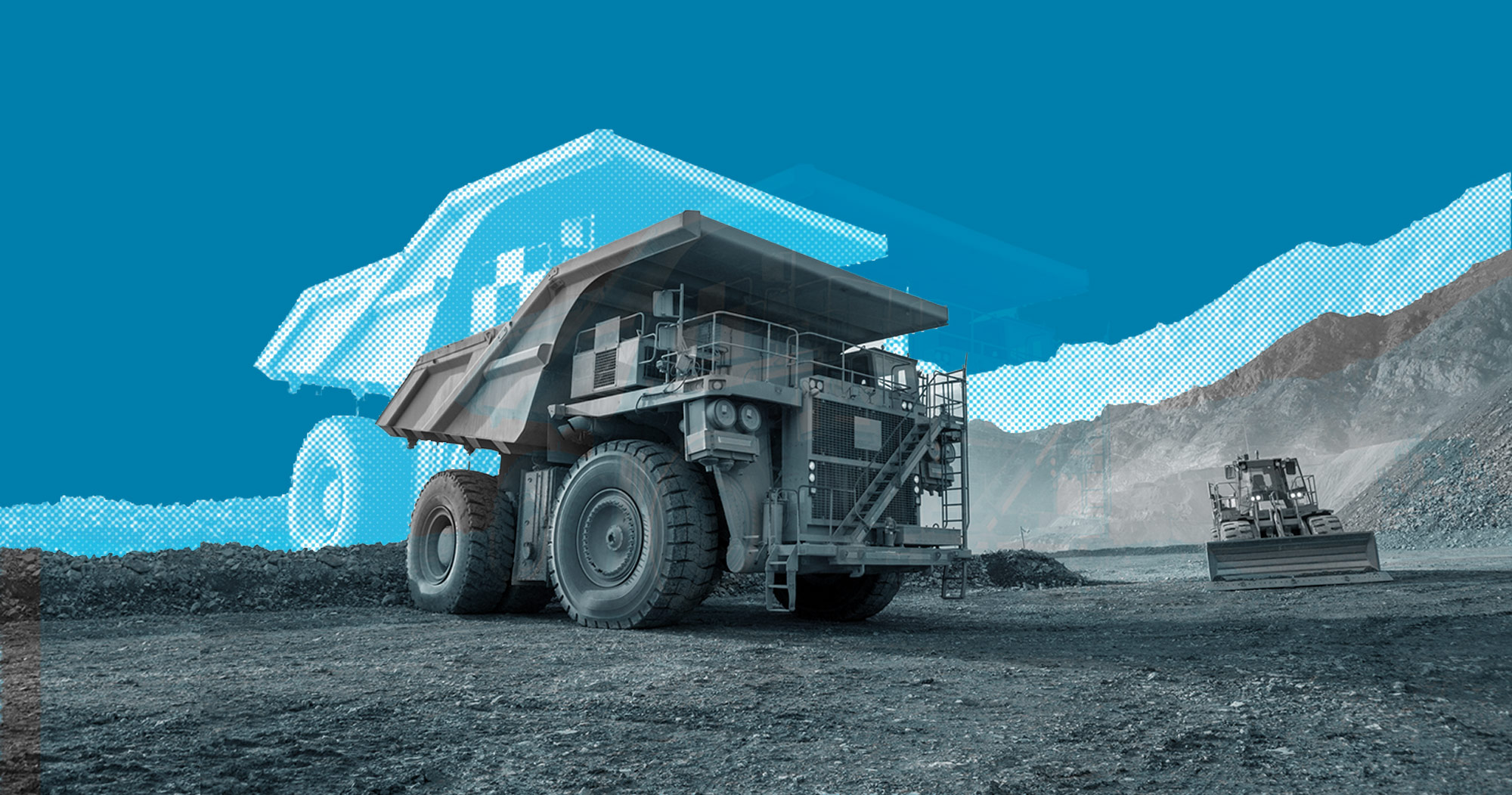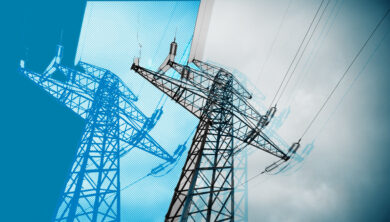
Budget 2024: A major step forward for Indigenous project ownership
The federal government’s new approach to communicating the details of its 2024 federal budget — telling us about it in advance – has become the attention grabber that it was intended to be.
In a staged media rollout in recent weeks, the government unveiled new plans to “solve” the housing crisis, help renters, assist families struggling with soaring food bills and address mental health, as well as finally releasing an updated defence policy that comes with billions of new dollars in spending.
None of those announcements addressed the big question we are asking at the Energy Future Forum (EFF): would Budget 2024 provide the clarity and certainty needed to advance the ongoing and necessary march to a net zero future by 2050?
As EFF has said many times, there is a need for speed – we call it the “hurry-up offense” — if we are going to reach net zero. Canada requires a breathtaking buildout of its clean electricity grid, expanded development of wind and solar farms, carbon capture projects, carbon pipelines, small modular or large nuclear reactors, and storage capacity from utility-scale batteries to pumped hydro, among other things.
The government teased some of its plans in this area in previous budgets and fiscal updates but had yet to fully flesh them out, depriving investors and project developers of the certainty they need to move forward.
One of the most highly anticipated initiatives was previewed in last year’s federal budget when the government announced its intention to finally make good on a national Indigenous Loan Guarantee Program.
The government delivered in Budget 2024 (p. 286), announcing $5 billion in loan guarantees to unlock access to capital for Indigenous communities.
Chief Sharleen Gale, chair of the First Nations Major Projects Coalition and JP Gladu, principal of the Mokwateh Consultancy, were among the many Indigenous voices calling for the measure: “An openness to Indigenous project ownership here is fast becoming a major international competitive advantage for Canada, as illustrated by a flood of deals happening across the country in the natural resource sectors.”
Jaimie Lickers at CIBC wrote about the impediments that needed to be overcome and expanded upon that theme from the stage of the Public Policy Forum’s annual Growth Summit in Toronto last week.
It has been difficult for Indigenous entities to access capital needed to play a big role in the economy, most notably because of “the prohibition under the Indian Act from leveraging ‘on-reserve’ lands and assets as security for debt,” Lickers notes. “This prevents First Nation governments and individuals from leveraging their lands as security for loans, limiting their ability to start businesses, invest in projects, and even secure traditional mortgages for their homes.”
Lickers, Gale and Gladu also advocated extending loan guarantees to oil and gas projects. Budget 2024 agreed, saying the program would be “sector-agnostic” and would prioritize “economic reconciliation and self-determination.”
The next hurdle will, of course, mean getting the money out the door for this reconciliation opportunity sooner rather than later – always a challenge in Canada.
In advance of Budget 2024, Electricity Canada, one of hundreds of groups to provide submissions to the Finance Department, exhorted the government to do more to streamline and strengthen federal regulatory capacity to “Build Things Faster.”
The group relied on the PPF Project of the Century report to help them make the case for building out the electricity grid as soon as possible.
“Canada has made aggressive commitments to achieve a net zero electricity grid by 2035 and an entirely net zero economy by 2050. To meet this monumental challenge, the Public Policy Forum estimates that we must grow our electricity supply capacity by 2.2 to 3.4 times today’s volume to meet demand by 2050,” Electricity Canada said in its pre-budget submission, quoting from the PPF report.
(Curiously, Budget 2024 low-balled Canada’s future electricity grid needs, calling for an increase in capacity by 1.7 to 2.2 times the current level without changing the doubled electricity demand projection.)
Budget 2024 acknowledged that Canada needs to do more to “get major projects” done and announced a new Federal Permitting Coordinator to be housed in the Privy Council Office, calling for a five-year target to complete federal impact assessments and setting a three-year target for nuclear project reviews. This target-setting approach is strongly aligned with the first recommendation of EFF’s latest policy memo, which studies measures different countries are taking to ensure critical clean energy projects can move forward.
Budget 2024 re-committed to existing timelines for their rollout, but beyond a few tweaks the government offered few new details on its five previously announced Investment Tax Credits (ITC). The five ITCs are for Clean Technology; Carbon Capture, Utilization and Storage; Clean Hydrogen; Clean Electricity; and Clean Technology Manufacturing. Budget 2024 added a sixth new one – an EV Supply Chain Investment Tax Credit that will apply to vehicle assembly, battery production and cathode active material production.
It did offer a bit more clarity on Carbon Contracts for Difference (CCFDs) in an attempt to provide more certainty around carbon pricing to accelerate investment in decarbonization and clean growth technology. Budget 2024 said the Canada Growth Fund would offer “bespoke CCFDs and carbon offtake agreements” and “off-the-shelf contracts.”
So, did Budget 2024 provide clarity and certainty on energy policy? The answer is a qualified yes, given the long-awaited Indigenous Loan Guarantee Program. But that was an exception in a document imbued with incrementalism and status quo.
For a government fond of previewing its policies – whether through piecemeal rollouts in staged media events or aspirational budget announcements – it still has more work to do to bring those policies into sharper focus.





